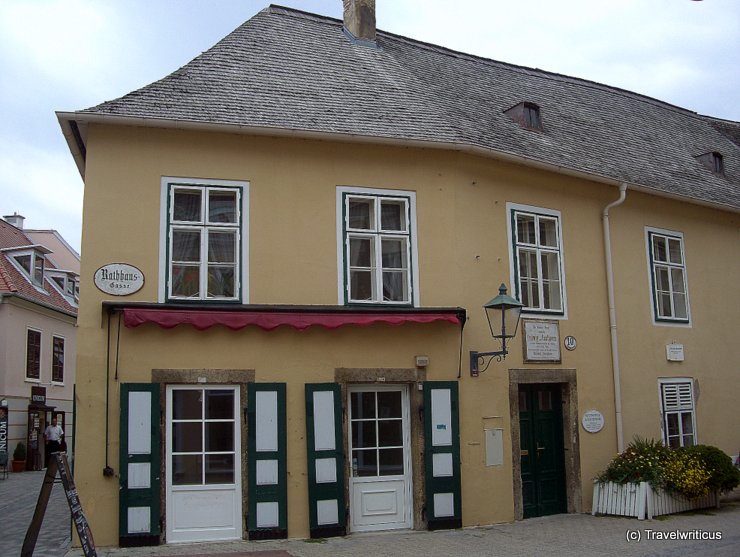
Ludwig van Beethoven stayed in Baden bei Wien several times. For example, he composed parts of his famous 9th symphony in this house. Today, this building accommodates a museum with the name Beethovenhaus Baden.
Browse through your travel destination!

Ludwig van Beethoven stayed in Baden bei Wien several times. For example, he composed parts of his famous 9th symphony in this house. Today, this building accommodates a museum with the name Beethovenhaus Baden.
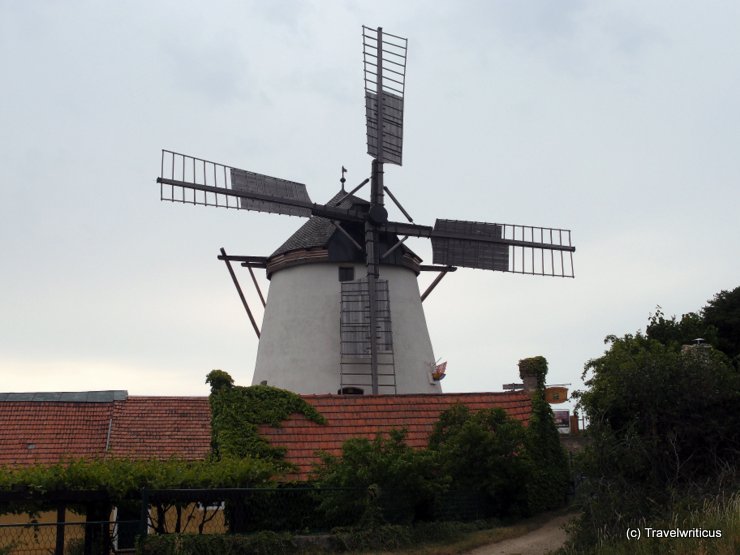
There are only two windmills still working in Austria. One of them stands in the city of Retz. You find his place in the wine-growing area of Weinviertel.
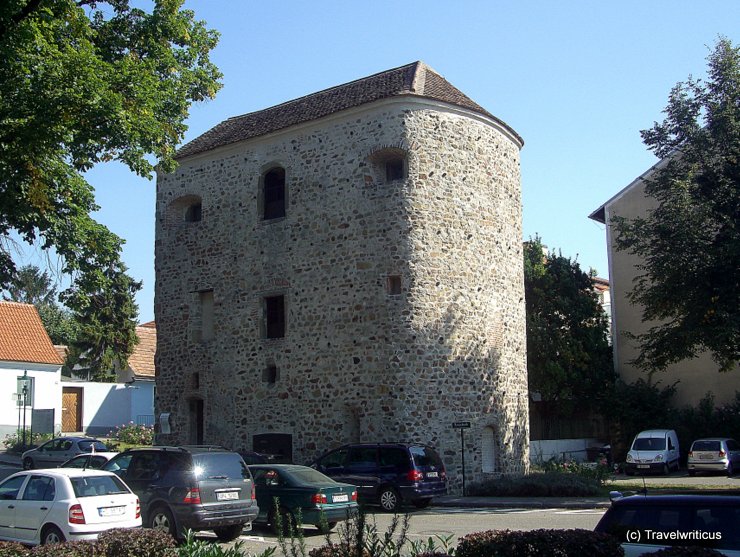
The Horseshoe Tower (Hufeisenturm) in Tulln remains from the ancient military camp Comagena. The Roman name originated from an equestrian unit descending from the region of Commagena.
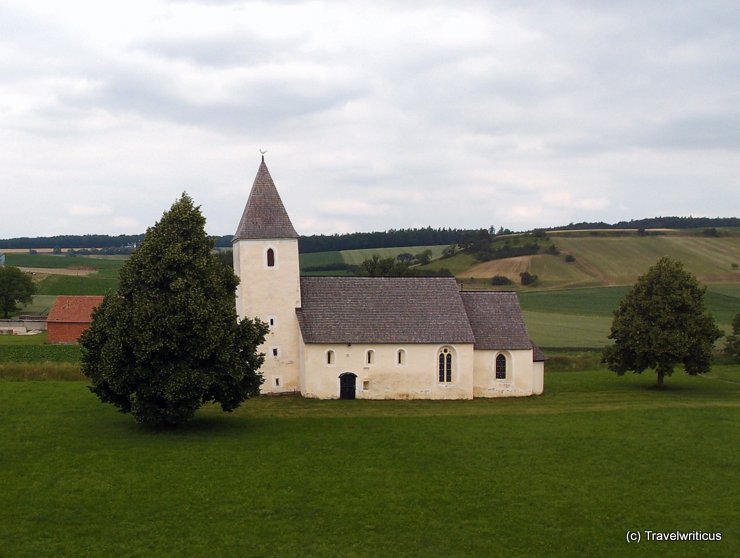
St. Martin is a Roman Catholic church in the Lanzendorf district of Böheimkirchen. First documented in 1248, the church has preserved its Romanesque architecture, standing prominently in an open field visible to travellers on the historic Westbahn railroad.
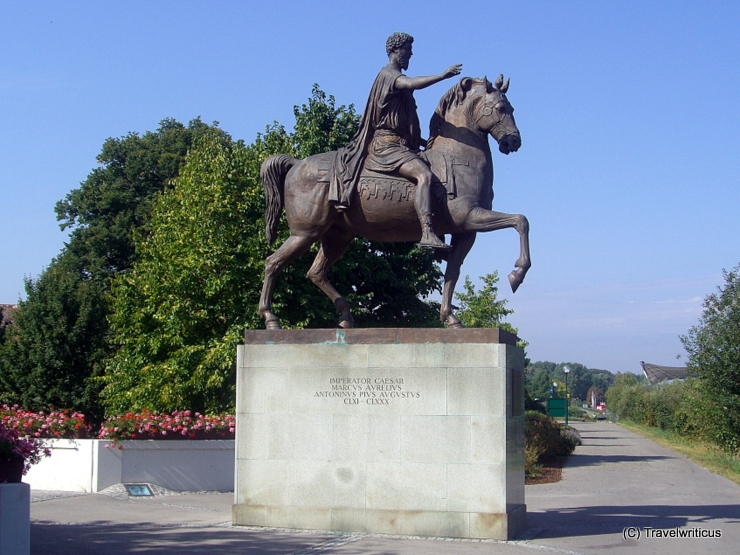
This monument to Marcus Aurelius is a replica of an equestrian statue on Capitols Square (Piazza del Campidoglio) in Rome. The sculpture in Tulln commemorates a Roman camp named Comagena, which was the predecessor of the modern city.
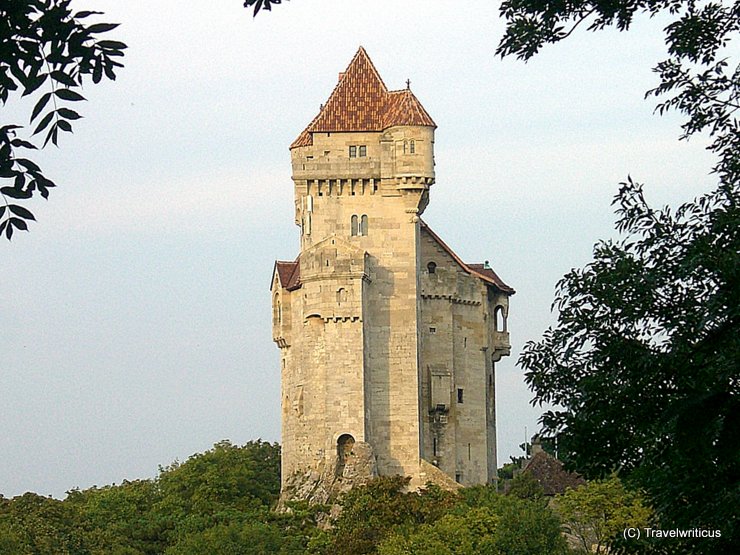
Liechtenstein Castle (Burg Liechtenstein) is the ancestral seat of the House of Liechtenstein. The chief of this family still rules the European state of Liechtenstein. The castle was destroyed during the Ottoman wars and rebuilt in the 19th century.

One of the biggest attractions in Hainburg an der Donau is its 13th-century town wall. The Fischertor (Fisherman’s Gate), one of three still visible gates, connected the Old Town of Hainburg with the Danube bank, where the freshly caught fish entered the city.
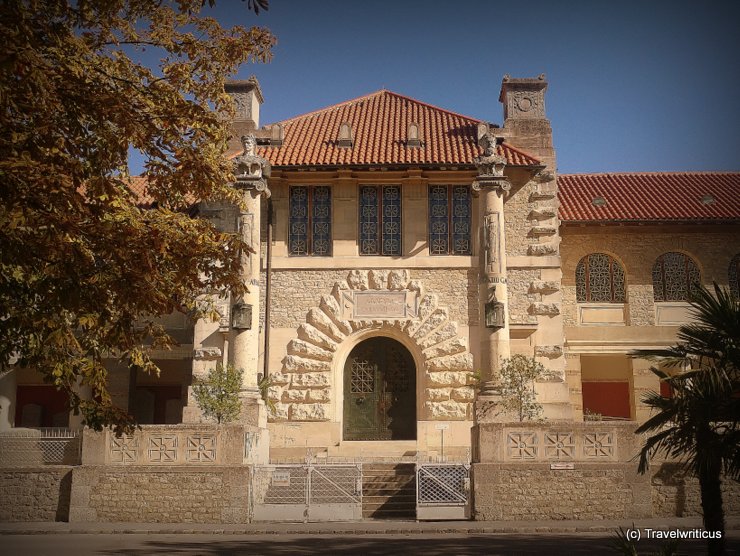
At first glance, the Carnuntinum Roman Museum in Bad Deutsch-Altenburg looks like a villa rustica. In fact, it was only opened in 1904. It houses artefacts from the Roman town of Carnuntum and is considered the biggest Roman museum in Austria.

Schloss Hof is the largest castle of the five Marchfeld Palaces between Vienna and Bratislava. Two famous owners – Prince Eugene of Savoy and Empress Maria Therese – transformed it into a Baroque gem with a French garden stretched onto seven terraces.
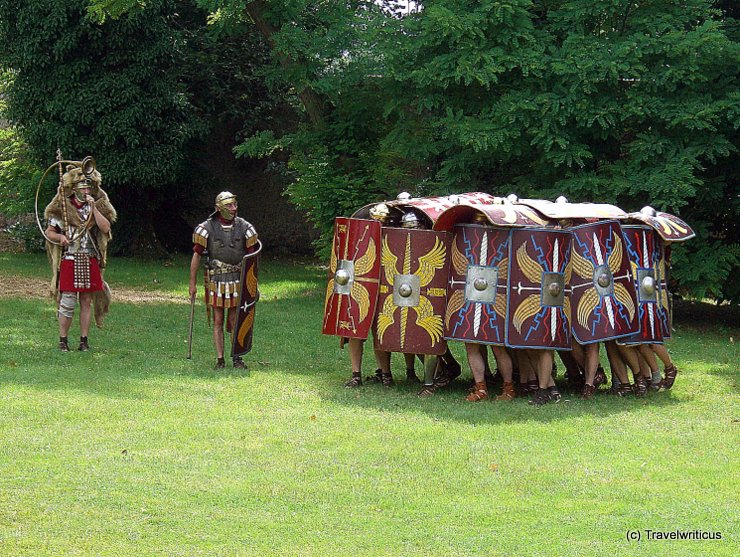
Probably the most iconic Roman military tactic is the tortoise (testudo) formation. At least, if you are a fan of the Asterix comic album series. In this part of a show at a Carnuntum festival, a reenactment group presents how such a formation develops.
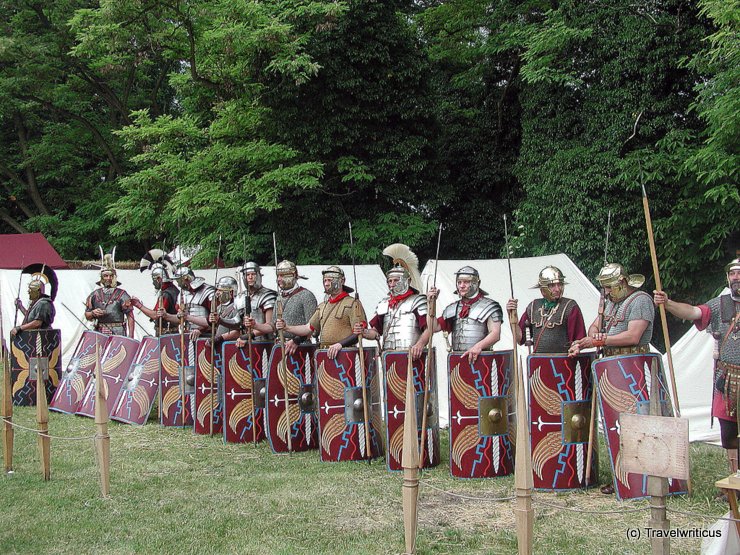
The Carnuntum Archeology Park hosts reenactment festivals with shows about Roman military routines and civic customs several times yearly. Numerous friend societies of Roman history provide visitors with parades of Roman legionaries.
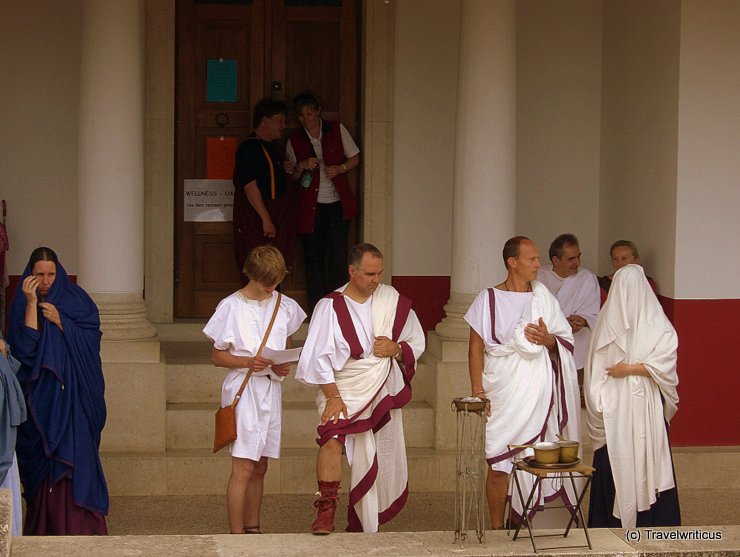
The Archeological Park of Carnuntum entertains visitors with reenactments like this Roman wedding. That way, people learn the bride used to be veiled during the celebration. Besides civic traditions, Carnuntum also presents military routines.